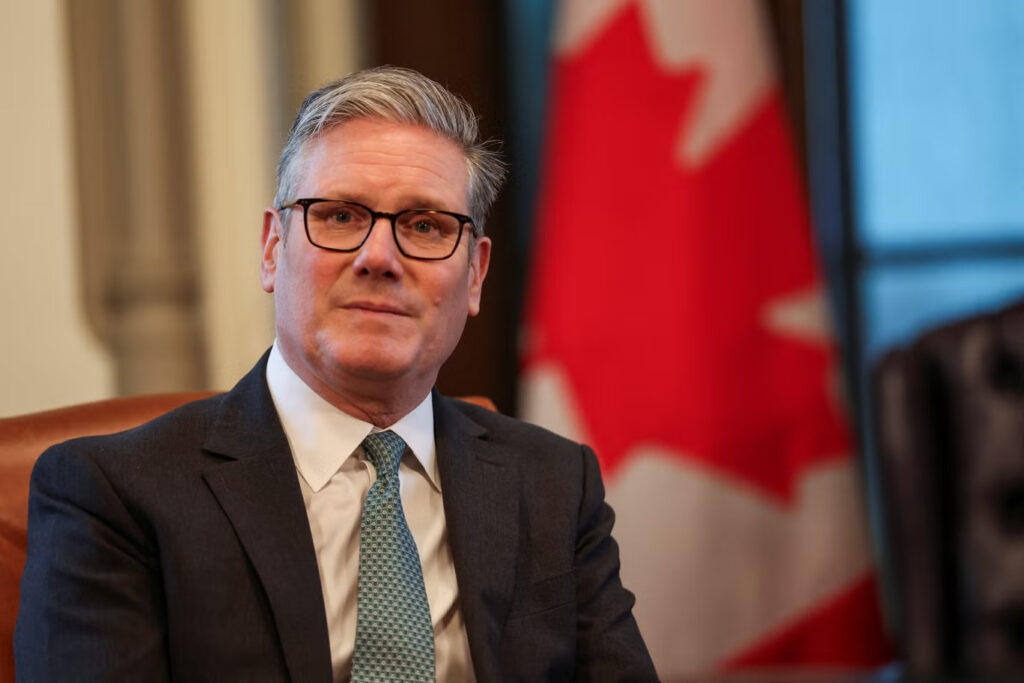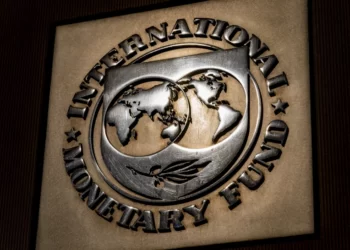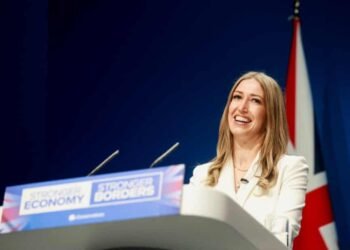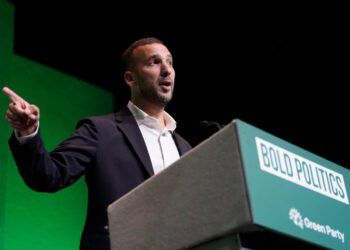The UK is set to rearm the Royal Air Force with a nuclear role for the first time since the Cold War, purchasing at least a dozen F-35A fighter jets capable of delivering both conventional and nuclear payloads. The announcement signals a significant shift in the UK’s defense posture amid rising global tensions.
Prime Minister Keir Starmer is expected to unveil the plan during a press conference at the NATO summit in The Hague. The move coincides with the UK’s formal entry into NATO’s Dual Capable Aircraft (DCA) mission, a nuclear sharing agreement that allows allied nations to operate aircraft equipped to carry tactical nuclear weapons.
Government officials described the decision as the “biggest strengthening of the UK’s nuclear posture in a generation.” The Royal Air Force, which has not carried out a nuclear mission since retiring its air-launched nuclear weapons after the Cold War, will once again return to the forefront of strategic deterrence.
Sir Keir warned that in an “era of radical uncertainty,” Britain can “no longer take peace for granted.” He added that the newly acquired F-35A aircraft would “support 100 businesses across the country and more than 20,000 jobs,” and mark a new phase for the “world-leading Royal Air Force.”

UK Aims To Deter Hostile Threats
In a statement, Sir Keir emphasized that the UK’s commitment to NATO is “unquestionable,” while calling on all allies to “step up to protect the Euro-Atlantic area for generations to come.”
The decision follows a warning from the UK’s National Security Strategy, published just a day earlier, which advised that the UK must prepare for a potential “wartime scenario” on its soil. Citing instability in the Middle East and Russia’s ongoing war in Ukraine, the document highlights a growing need for national resilience and military readiness.
The Ministry of Defence noted that approximately 15 percent of the global supply chain for the F-35 is based in Britain, reinforcing domestic economic benefits tied to the procurement. The jets will be stationed at RAF Marham in Norfolk, and over the lifetime of the program, the government aims to acquire a total of 138 F-35s.
Opting for the F-35A model over the F-35B will result in a cost saving of 25 percent per aircraft, according to officials, a significant figure in light of growing concerns over defense spending.
The UK’s participation in NATO’s DCA program adds a strategic dimension to its deterrence capabilities. Although the country has long contributed to the alliance’s security structure, it had not previously taken part in this specific nuclear-sharing mission.
This development comes just a day after Sir Keir also pledged that Britain would commit 5 percent of its GDP to defense and national security by 2035, a significant increase from previous targets.
However, doubts persist about the affordability of this ambitious pledge. Experts from the Institute for Fiscal Studies have estimated that the cost of such an increase could exceed £30 billion. Paul Johnson, the institute’s director, cautioned that the only viable funding source would be higher taxes, noting, “because in the end there’s nowhere else it can come from.”
These concerns are especially salient given that, only weeks ago, ministers struggled to articulate a clear path to reaching a previously stated target of 3 percent defense spending by 2034.
While Prime Minister Starmer has reiterated that the current government remains committed to “no tax rises for working people,” any tax-related measures to fund the 2035 goal would likely be introduced after the next general election in 2029. By that time, Labour is expected to campaign on a new manifesto, potentially revising or replacing today’s commitments.
As Britain repositions itself within the NATO alliance and restores the nuclear capabilities of its air force, the nation’s military and economic priorities appear set for a dramatic shift.
READ ALSO: Ghana’s Economic Growth Set to Surpass 4.8% in 2025






















